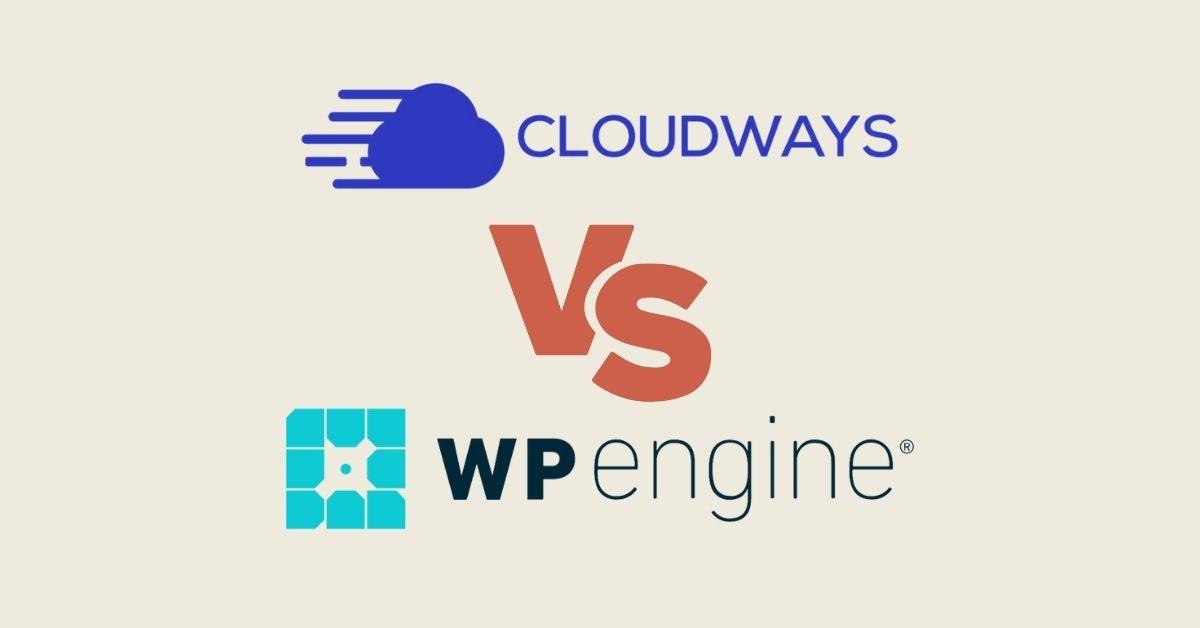Has your website outgrown its current hosting environment? Or have you found a more affordable, feature-rich hosting solution? Whatever the reason, migrating your WordPress site can seem daunting.
With numerous files, databases, and settings to consider, ensuring a smooth transition is crucial to maintain your site's performance and user experience.
The good news?
A well-prepared checklist can differentiate between a successful migration and a nightmarish experience.
Imagine seamlessly shifting your website to a new server without downtime, broken links, or lost data.
You can achieve this peace of mind; we're here to guide you.
Initial Steps
Before beginning the transfer process, some basic tasks are necessary.
You can compare this step to packing up your belongings before moving to a new house:
- Backup everything: This must be stressed more. If things go south, this is your safety net.
- Take stock of your plugins: Some might not play nicely with your new server, so keeping a list's a good idea.
- Update your domain details: Ensure your domain registrar has your contact information.
Choose the Right Hosting Provider
Your hosting provider plays a pivotal role in your website's performance, security, and reliability.
Hence, it's vital to choose wisely.
While many providers sing their praises, always do your due diligence.
Check reviews, ask for recommendations, and consider the features they offer against your needs.
Backup Your WordPress Site

Backing up is like an insurance for your website.
While several plugins, such as UpdraftPlus and BackupBuddy, can automate this process, you can also opt for a manual backup.
Store the backup securely, such as cloud storage or an external drive.
Export and Import Database
The database is the heart of your website, the repository of all your content.
Exporting it from your old server and importing it to the new one requires meticulous care.
Tools like phpMyAdmin are invaluable here.
Ensure you follow the steps correctly and keep a copy of the original database.
Adjust Domain Name Systems (DNS)
DNS changes ensure visitors reach your site on the new server, not the old one.
Update the nameservers associated with your domain to point to your new Server's IP address.
Remember, DNS changes can take anywhere from a few hours to 48 hours to propagate worldwide, so patience is key!
Check for Post-transfer Issues
After moving, you want to ensure everything's in its right place.
Run a complete check to debug any issues that cropped up post-transfer.
From broken links to missing images, tackle these issues head-on for a seamless user experience.
Scale Resources as Needed
As your site grows, so will its demands:
- Regularly Monitor Resource Usage: Tools provided by most hosting providers, like cPanel, offer insights into CPU usage, bandwidth, and more.
- Consider Upgrading Plans: If you notice consistently high resource usage, consider shifting to a higher plan or a dedicated server.
Optimize the Site for the New Server

The work must be finished when you've settled your website into its new environment.
You must ensure that your site is not just functioning but thriving.
Start with:
- Clear Cache: Old cache can display outdated versions of your site. Clean it out so visitors get the latest rendition.
- Optimize Images: High-resolution images can be a drag on load times. Opt for plugins like Smush or ShortPixel to compress and optimize without compromising quality.
- Reduce External Scripts: Widgets or ads pulling from other servers can delay your site. If possible, minimize these or ensure they're from optimized sources.
SEO Value Retention
Here's where things get a tad technical. Transferring a site can be a risk to your SEO, but with a few tricks up your sleeve, that doesn't have to be the case:
- Maintain URL Structures: Keep your URL structures intact. If changes are inevitable, use 301 redirects.
- Update Google Search Console: Inform Google about your domain change (if any) to preserve your search engine rankings.
- Monitor Website Traffic: Utilize tools like Google Analytics to monitor any changes in your site traffic.
Set up Email on the New Server

When moving your site, remember your emails. The process involves:
- MX Records: Update these to direct emails to your new server.
- Transfer Old Emails: Utilize cPanel or another tool to migrate your old messages.
- Test: Always send test emails post-migration to ensure everything's functioning properly.
Deal with Post-transfer Troubles
Every major transition comes with its set of challenges. Be prepared to:
- Address Broken Links: Tools like Broken Link Checker can be lifesavers.
- Resolve Database Connection Issues: Ensure your wp-config.php file has the correct details.
- Tackle Plugin Conflicts: Deactivate and reactivate plugins individually to identify culprits.
Test All Site Functionalities
You don't want to leave anything to chance:
- Links: Ensure all internal and external links function as they should.
- Forms: Test all contact, feedback, or sign-up forms.
- Plugins: Ensure they're compatible with your new server environment. Incompatibilities can cause malfunctions or even crashes.
Secure Your Website on the New Server
Security is paramount. Post-migration:
- Install SSL: Install your site's SSL certificate.
- Implement a Security Plugin: Options like Wordfence or Sucuri Security offer robust protection.
- Regular Monitoring: Always look for unusual activities and address them promptly.
Configure Cache for Faster Speeds
Speed is crucial for user experience and SEO. Once on the new server:
- Utilize Caching Plugins: WP Rocket and W3 Total Cache
- Browser Caching: Implement it to allow visitors' browsers to store copies of your site's files, speeding up load times.
- Content Delivery Network (CDN): Services like Cloudflare distribute your site's files across a global network of servers, ensuring faster access for everyone.
Here is a quick list of the best plugins to boost website speed.
Monitor the Site's Performance

The job continues once your site's transferred. Regularly:
- Check Uptime: Tools like Uptime Robot will notify you if your site goes down.
- Analyze Speed: Google's PageSpeed Insights gives detailed feedback.
- Backup Systems Work: Regularly check backups to ensure they're current.
Frequently Encountered Transfer Errors
Even with the best of preparations, errors might pop up. Common ones include:
- Database Connection Errors: Usually a result of incorrect credentials in your wp-config.php file.
- 404 Not Found: Often due to permalink changes or issues with .htaccess.
- White Screen of Death: Typically related to theme or plugin conflicts.
Benefits of a Successful Site Transfer
Let's look on the bright side. A well-executed move:
- Performance: A new server, especially if it's an upgrade, can drastically improve your website's speed and performance.
- Security: Newer servers and hosting plans often require upgraded security measures.
- Scalability: Transitioning to a more robust server means your site has room to grow without hindrances.
Quick Practical Steps: Move WordPress Site to new server

To migrate your WordPress site to a new server, you will need to follow these steps:
- Set up the new Server: Sign up with a new web host and set up a new hosting account.
- Install WordPress on the new Server: Install WordPress on the new server using either the one-click installer provided by your web host or manually.
- Export the WordPress database: Export the database from your old site by going to the phpMyAdmin tool in your old hosting account and choosing the Export option.
- Import the database to the new Server: Log in to the phpMyAdmin tool on the new server, create a new database, and import the file from the old server.
- Move the WordPress files: Use an FTP client to connect to your old and new servers and transfer the WordPress files from the old server to the new server.
- Update the WordPress configuration: Update the wp-config.php file on the new server with the new database credentials.
- Update the domain name: If you are also changing the domain name, update the WordPress site URL and home URL settings in the WordPress dashboard or the database.
- Test the new site: Visit the new site on the new server to ensure everything works correctly.
- Point the domain to the new Server: Update the DNS settings for your domain to point to the IP address of the new server.
- Monitor the new site: Monitor the new site for any issues arising during the migration process.
Final Thoughts on Site Migration
Server migration is challenging, but the process becomes manageable and even straightforward with a clear roadmap and this checklist.
Always be prepared, never rush, and remember that every obstacle has a solution. Your site's success on its new server is well worth the effort!
If you don't want to scratch your head in migrating your website, you can get help from our experts in WordPress.
In our extensive guide, we've journeyed through the world of Content Management Systems (CMS), from understanding the core components to exploring popular platforms. We've delved into customization, security, emerging trends, and resources for further learning. If you're ready to take your CMS knowledge a step further, check out our guide on WordPress Custom Development in 2023. Explore the intricacies of WordPress and empower yourself with advanced development insights.
FAQs






